Yellow aphids can appear in large colonies and are often a terrifying sight as they devour milkweed plants. They are a non-native insect and they can multiply very quickly. However, they are not a direct threat to monarch caterpillars because they feed on the milkweed plant only. They can indirectly affect caterpillar health by depleting nutrients in their only host plant. Using systemic insecticides to get rid of aphids can actually be much more harmful to the monarch caterpillars than the aphids themselves. What are oleander aphids?The oleander aphid (Aphis nerii), sometimes called the milkweed aphid, is a common pest of milkweed plants. It is a non-native bug, most likely originating in the Mediterranean region where it's principal host plant, oleander, grows. The Oleander aphid is a bright yellow insect with black legs, and stalks known as cornicles on the back of the abdomen. Method One: Manual RemovalAlthough, time-consuming, the safest way to remove aphids is manually by squishing them between your fingers (use gloves to avoid staining your fingers) and then using a hose to dislodge them from the plant. Always check for monarch eggs and caterpillars before spraying because you could damage or dislodge them in the process as well. It is best to catch the aphids before they become an aphid army, so even if there are just a few on the plant, remove immediately. Method Two: "Contact Only"This is a method recommended by Monarch Watch and was shared by Vic Jost @ Jost Greenhouses through Elliott Duemler at Taylor Creek Nursery. A mild solution of dish soap and water will also work. • 1 part (e.g. 1 oz) Blue Dawn • 1 part Isopropyl Alcohol • 1 part white vinegar • 128 parts (e.g. 1 gal) water "Contact only" means that the insects have to have the mixture applied directly to their body for it to work. *Use caution with this method because it will also kill monarch larvae if they come in contact with the solution. Rinse the plant when finished so you do not injure monarch larvae and other beneficial insects. Method Three: Beneficial InsectsBeneficial insects are great for controlling numbers because they rarely harm monarch eggs, caterpillars, or adults and once introduced, they take no effort on your part! Once their food source is gone, they will generally leave your garden in search of food. There are many species of beneficial insects. It is important to be able to identify these insects so you know which ones are on your side. Ladybugs, hover flies, lacewings, Aphidius wasps, and a few more types of beneficial insects devour aphids. SourcesMonarch Joint Venture
https://monarchjointventure.org/resources/faq/aphids-on-milkweed Monarch Watch http://support.milkweedmarket.org/kb/article/359-how-do-i-treat-milkweed-plants-that-have-aphids/ Natural History of Orange County and nearby places. http://nathistoc.bio.uci.edu/hemipt/OleanderAphid.htm
87 Comments
Gardens, lawns, fields, roadsides, public parks, and right-of-ways all provide vital habitat for monarchs and other pollinators. How we manage this habitat must be done with care so we don't destroy precious pollinator habitat. The following recommendations will help you to time your land management practices so that the least amount of harm is done to our monarch populations. |
AuthorRebecca Chandler Archives
March 2024
Categories |

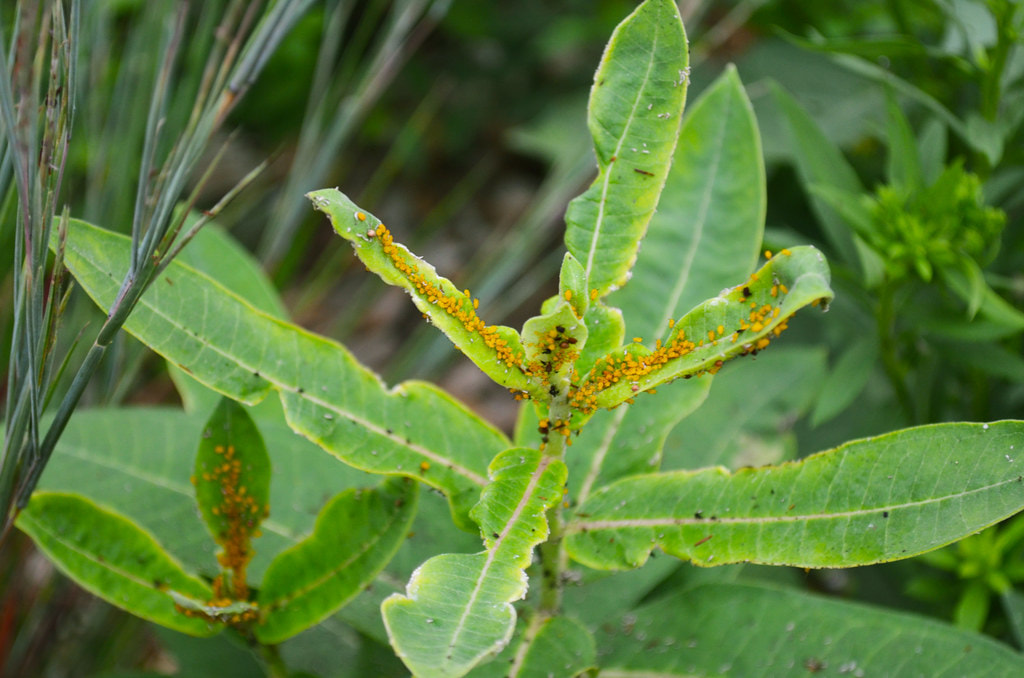
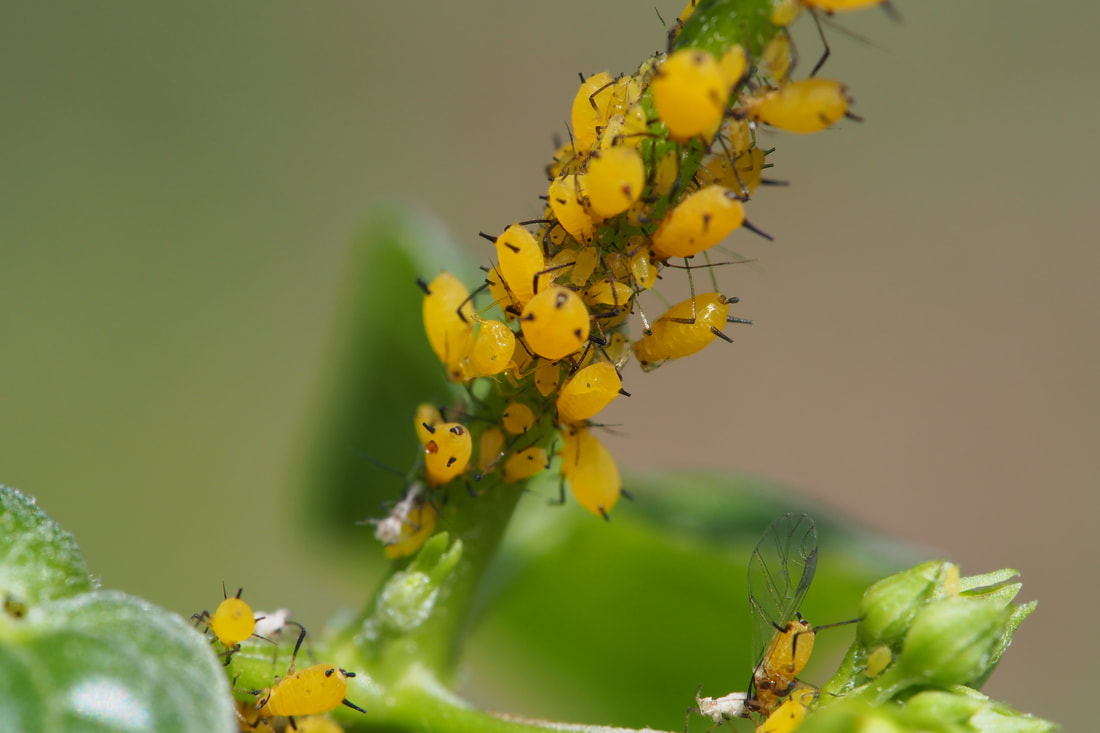
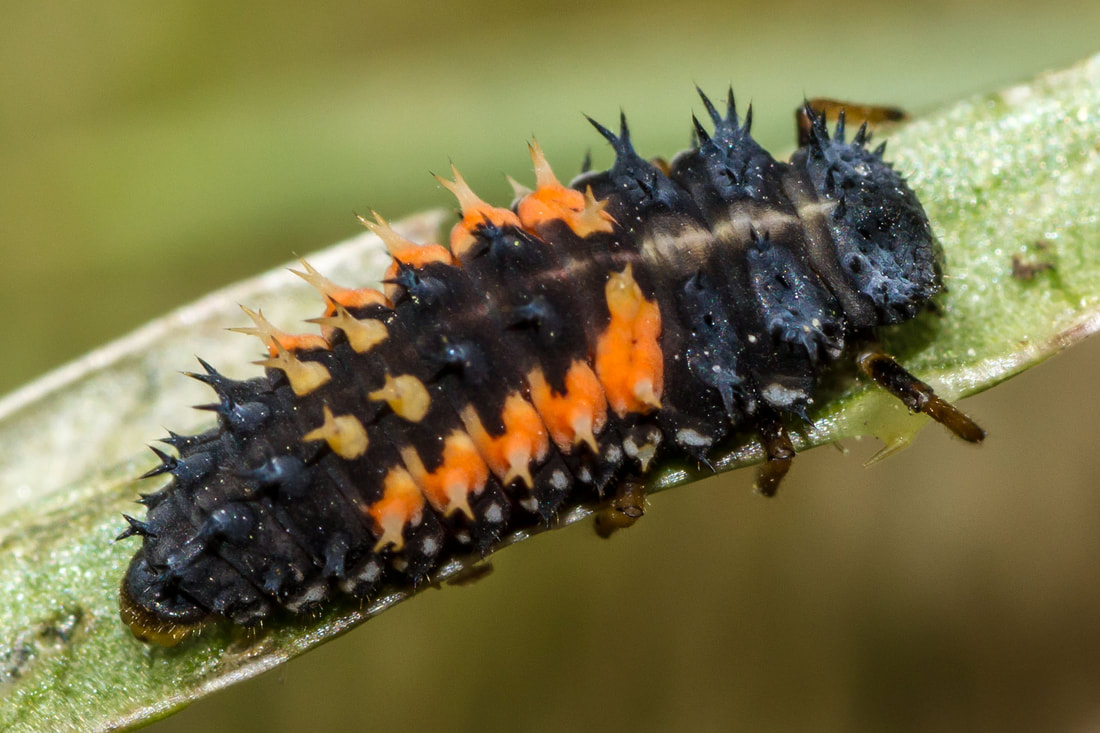
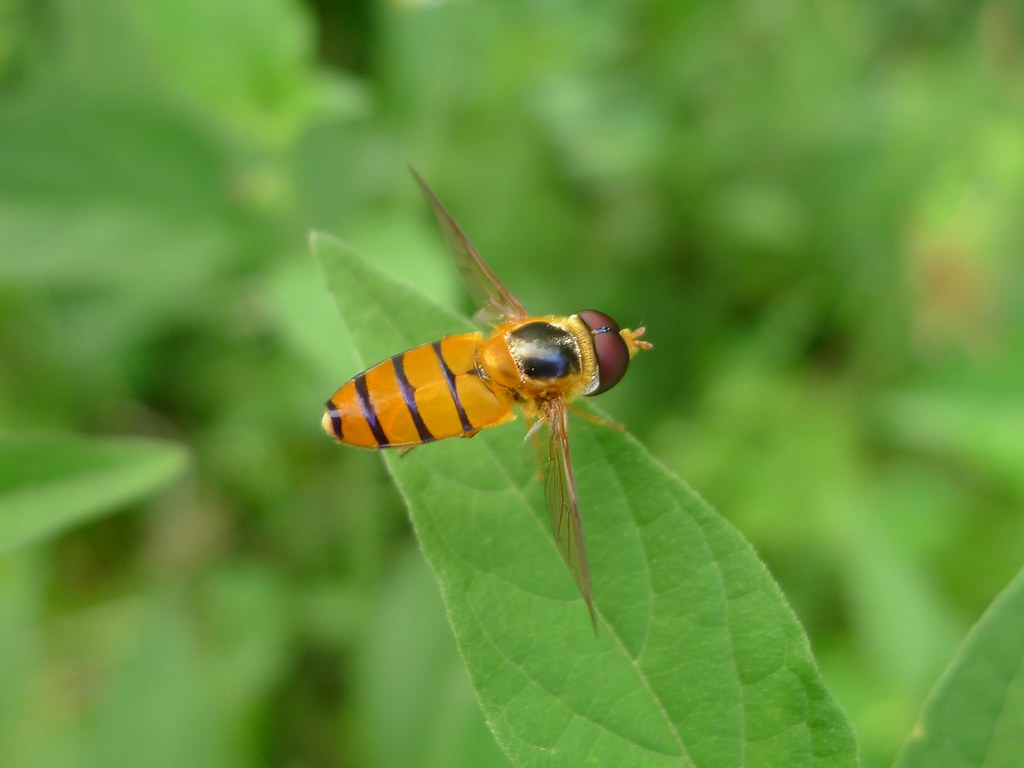
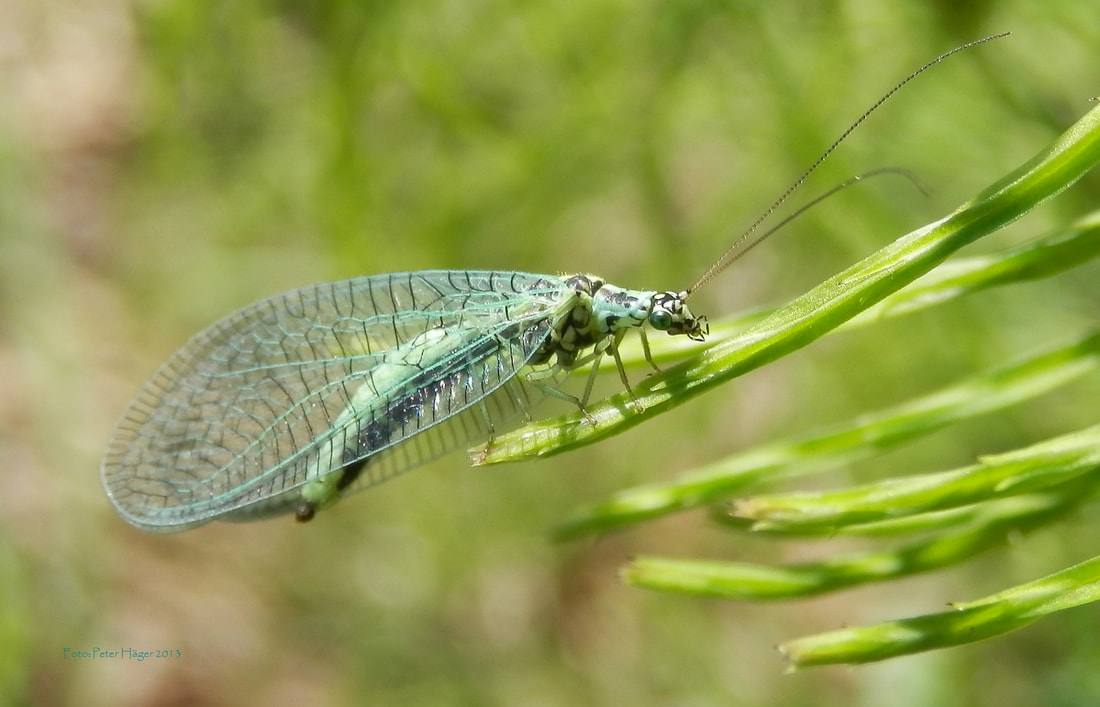
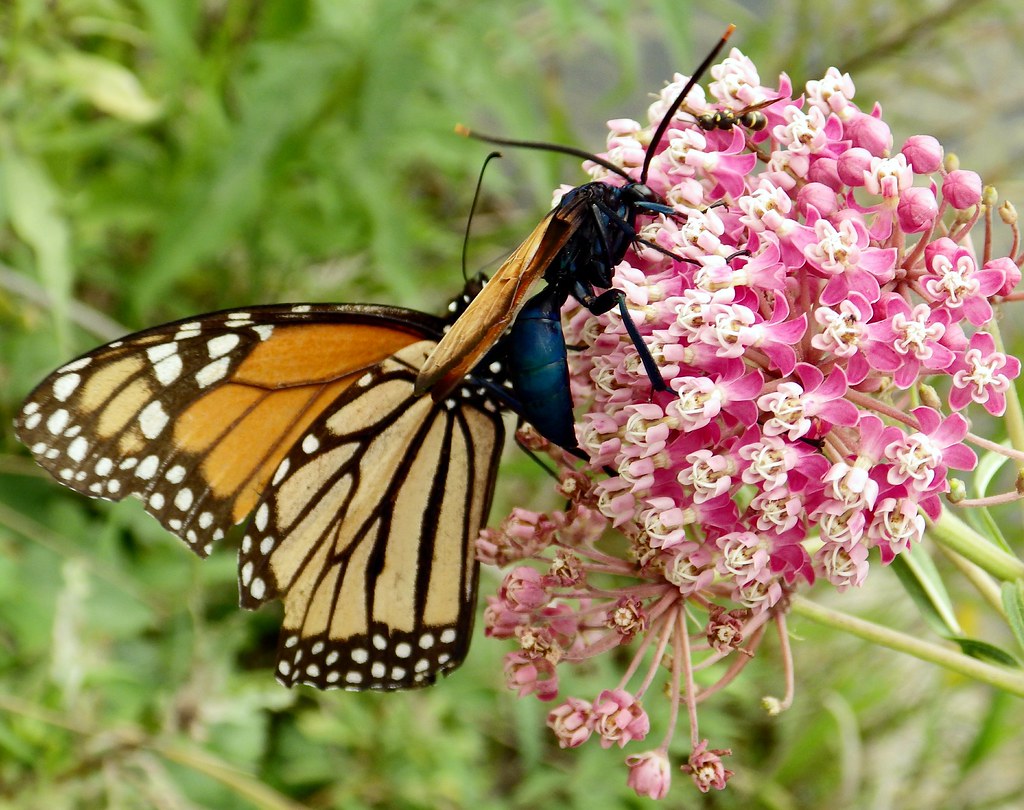
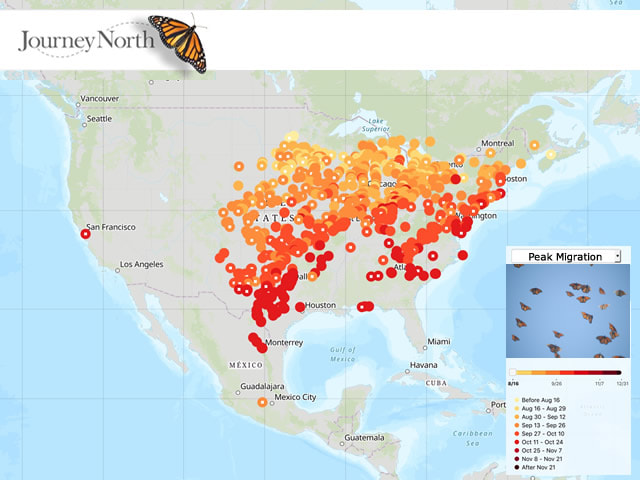
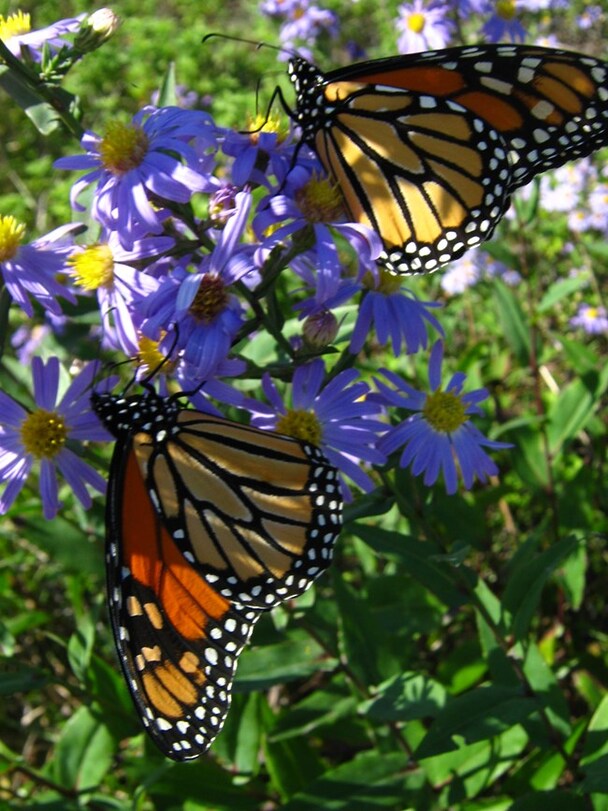
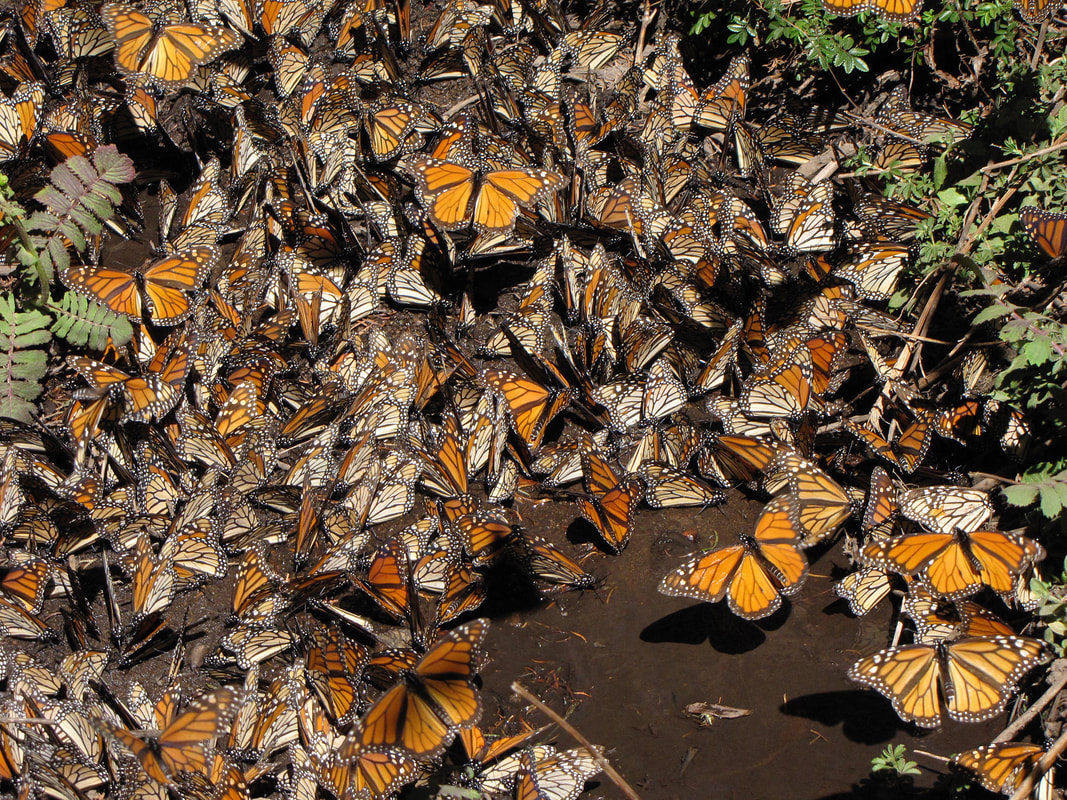
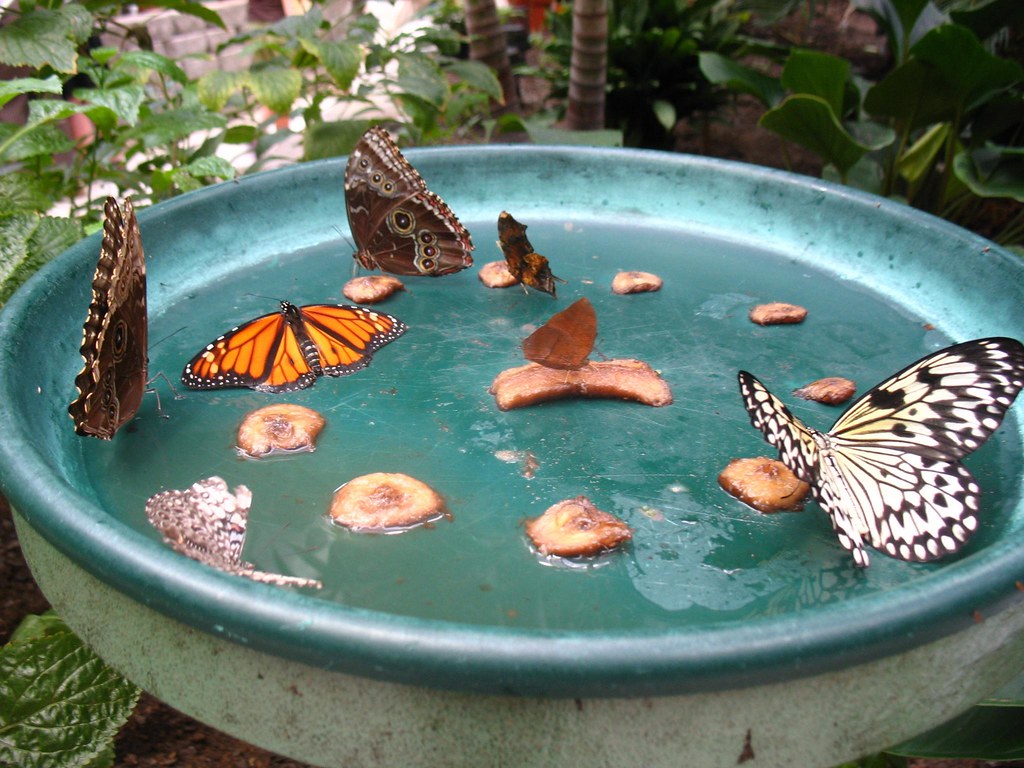
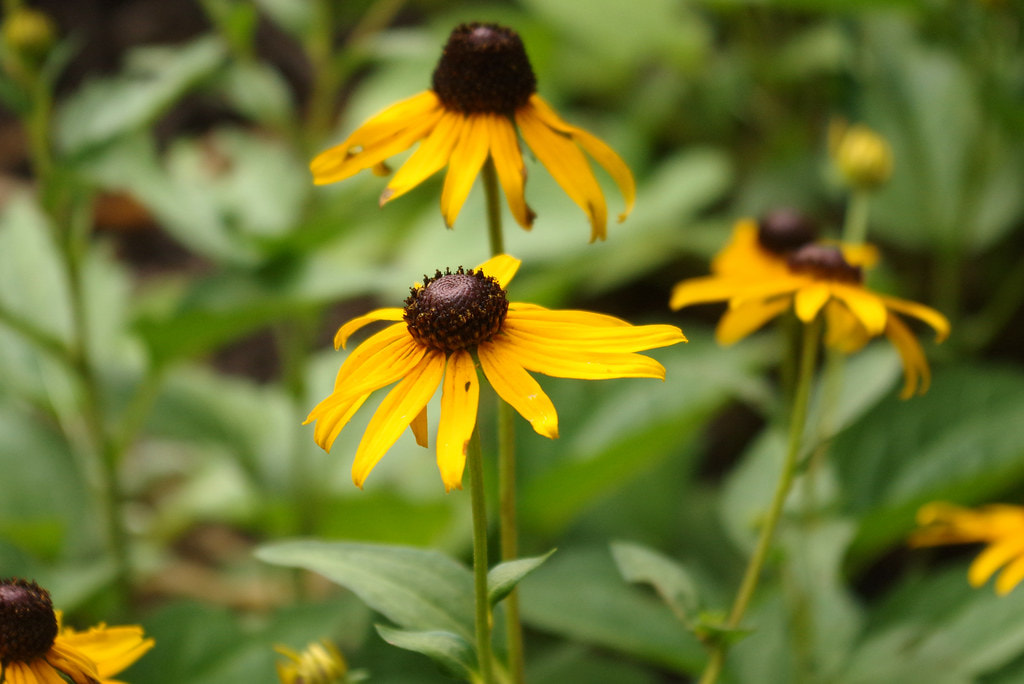
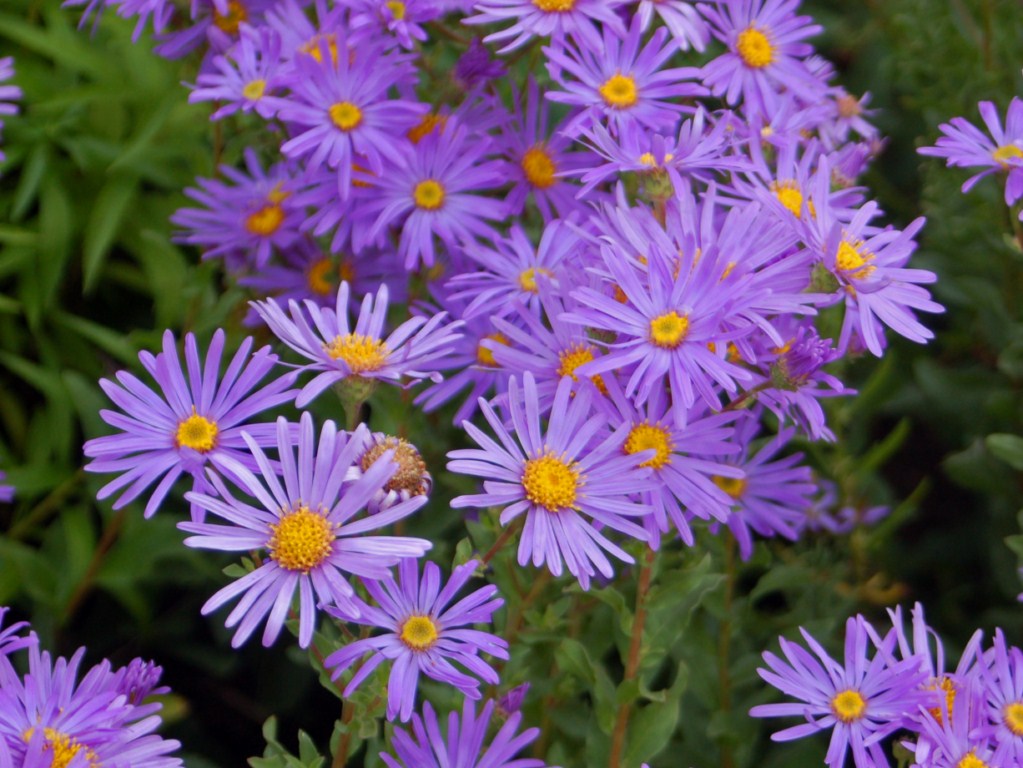
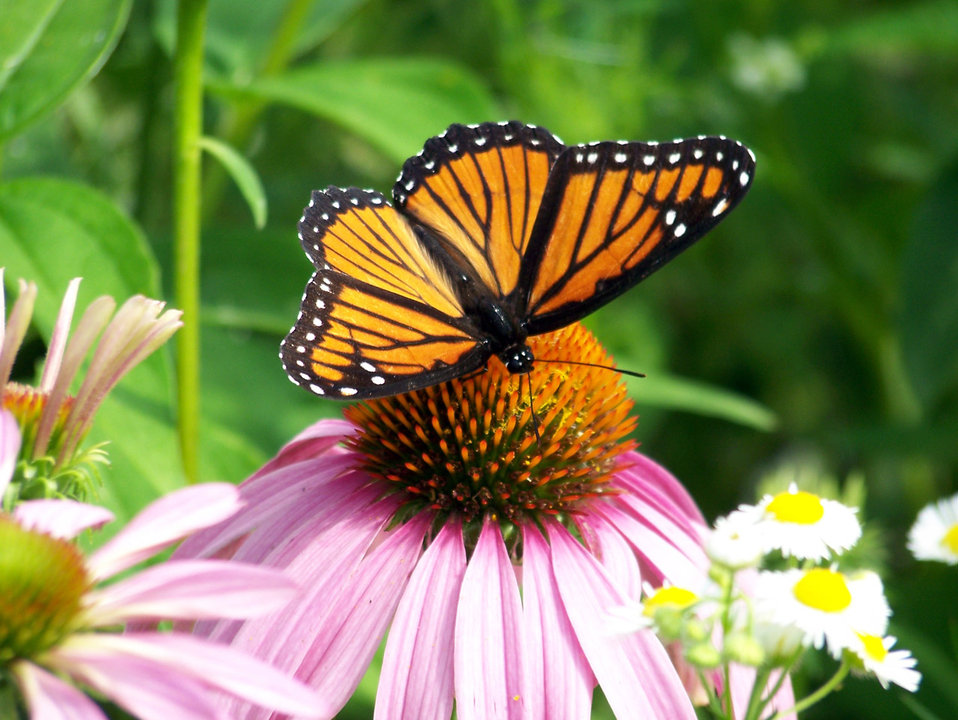
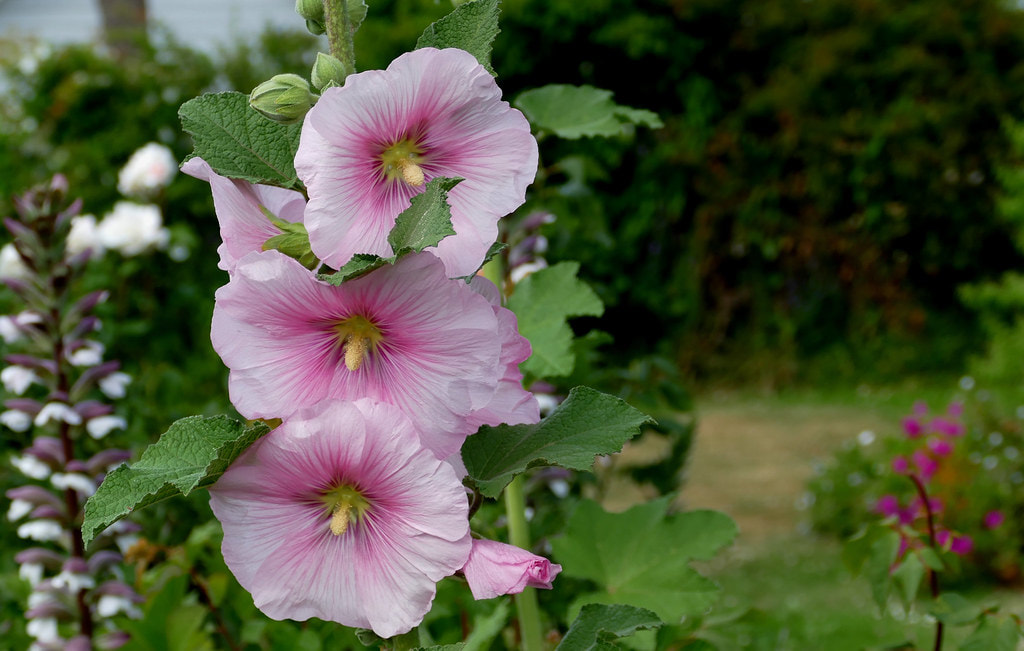
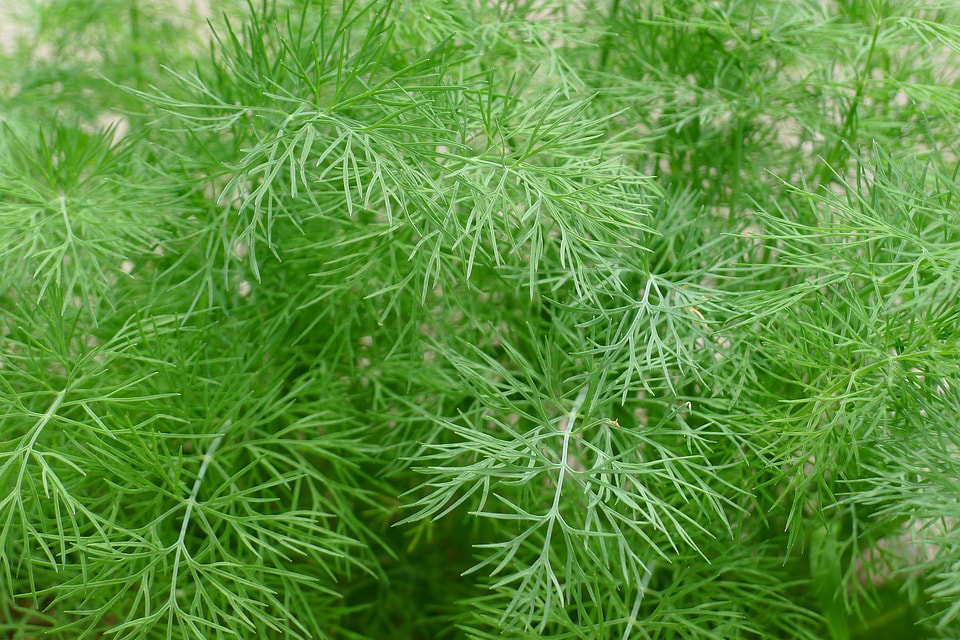
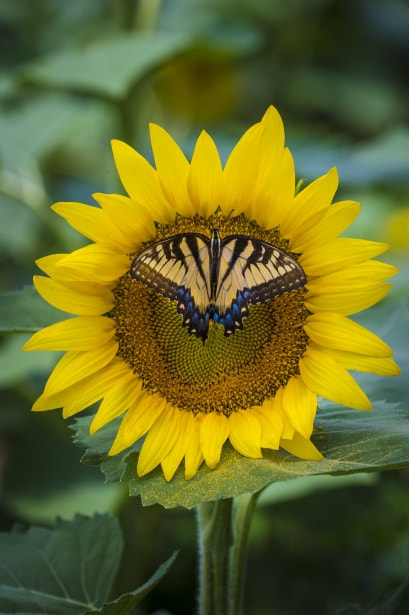
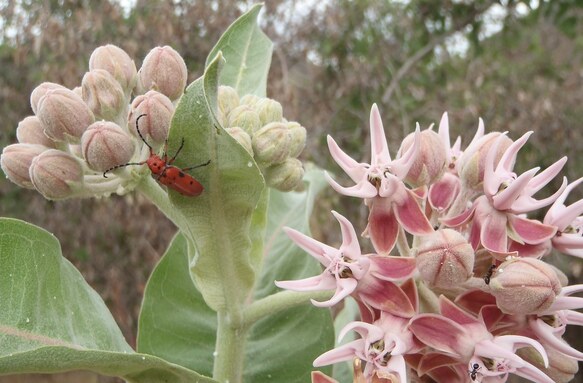
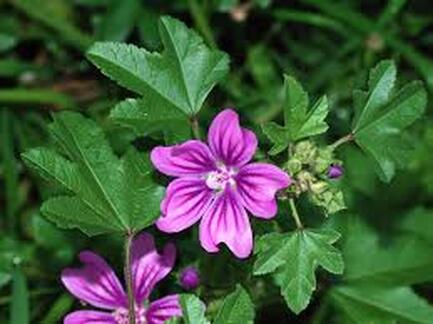
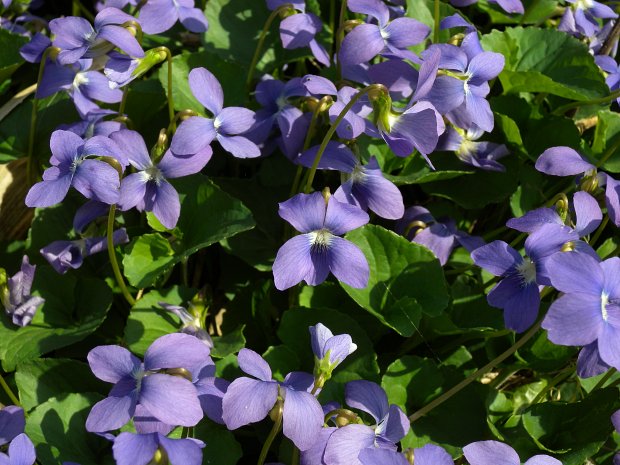
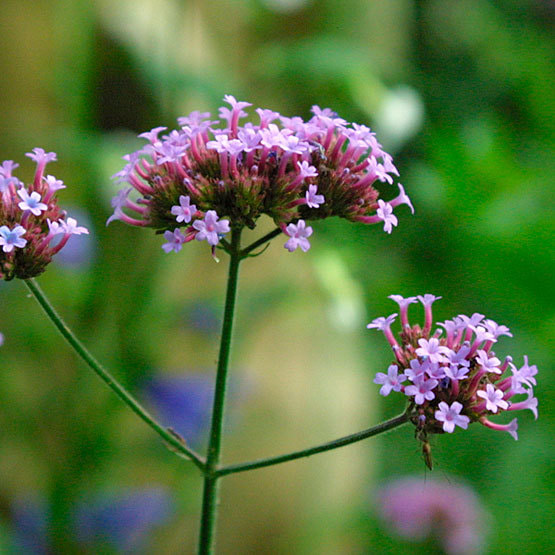
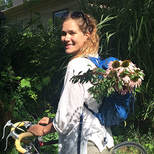
 RSS Feed
RSS Feed